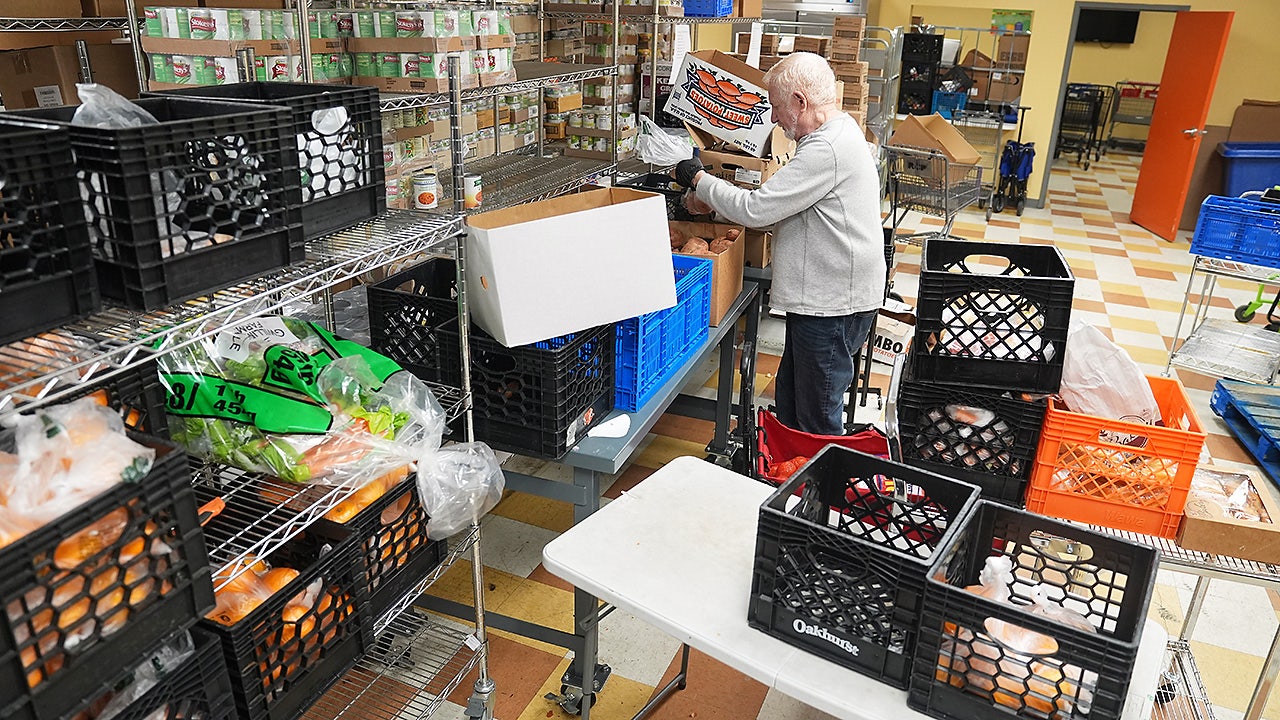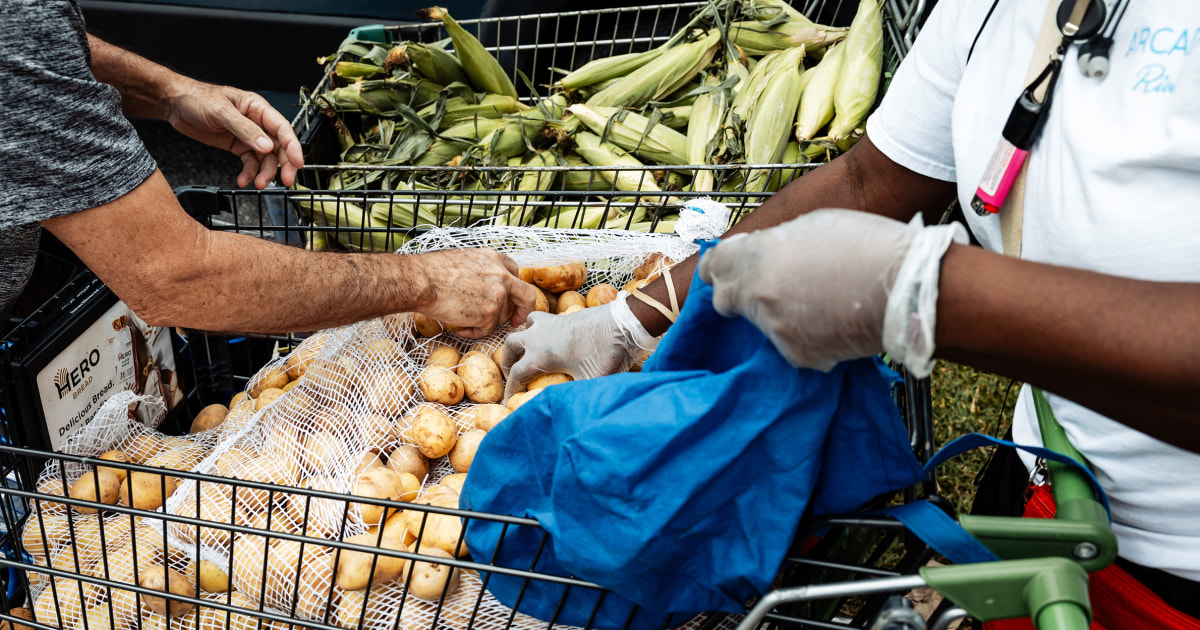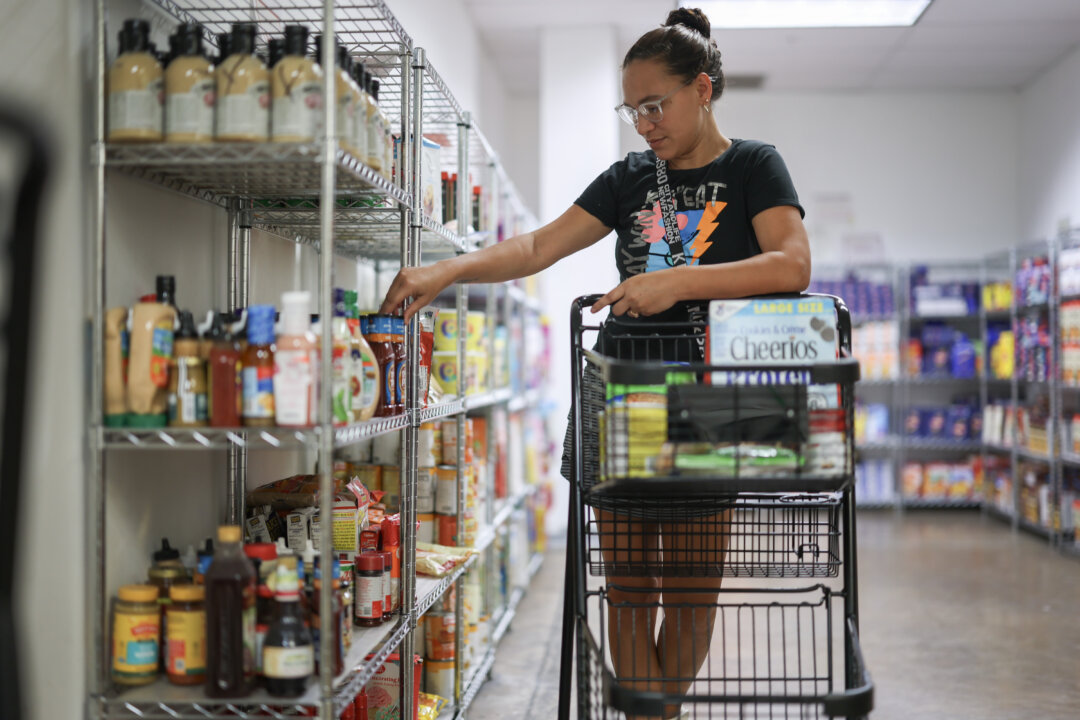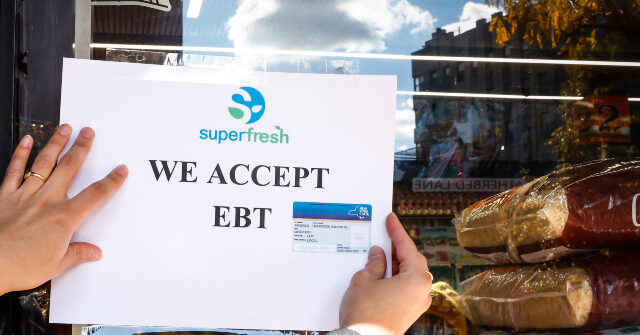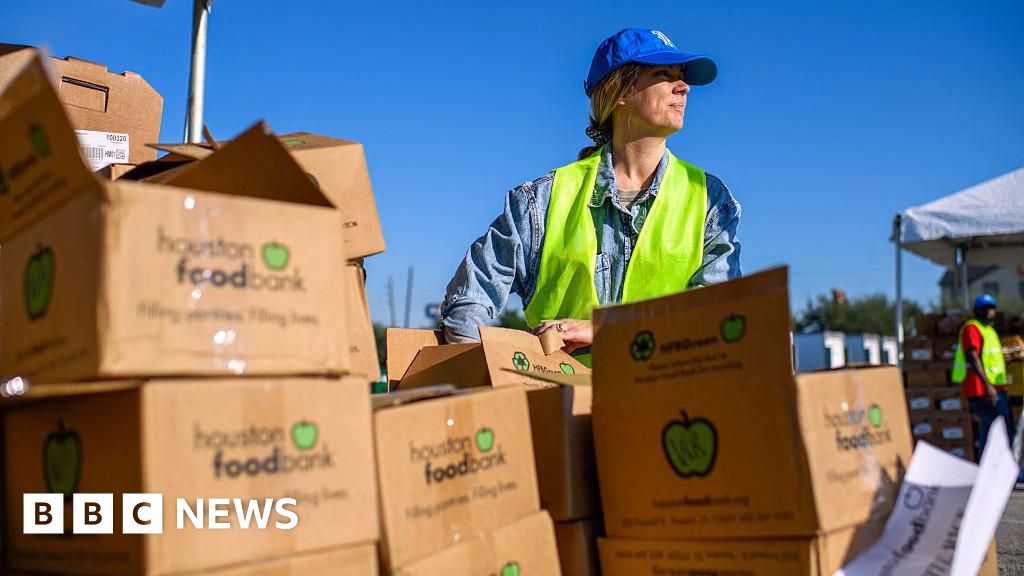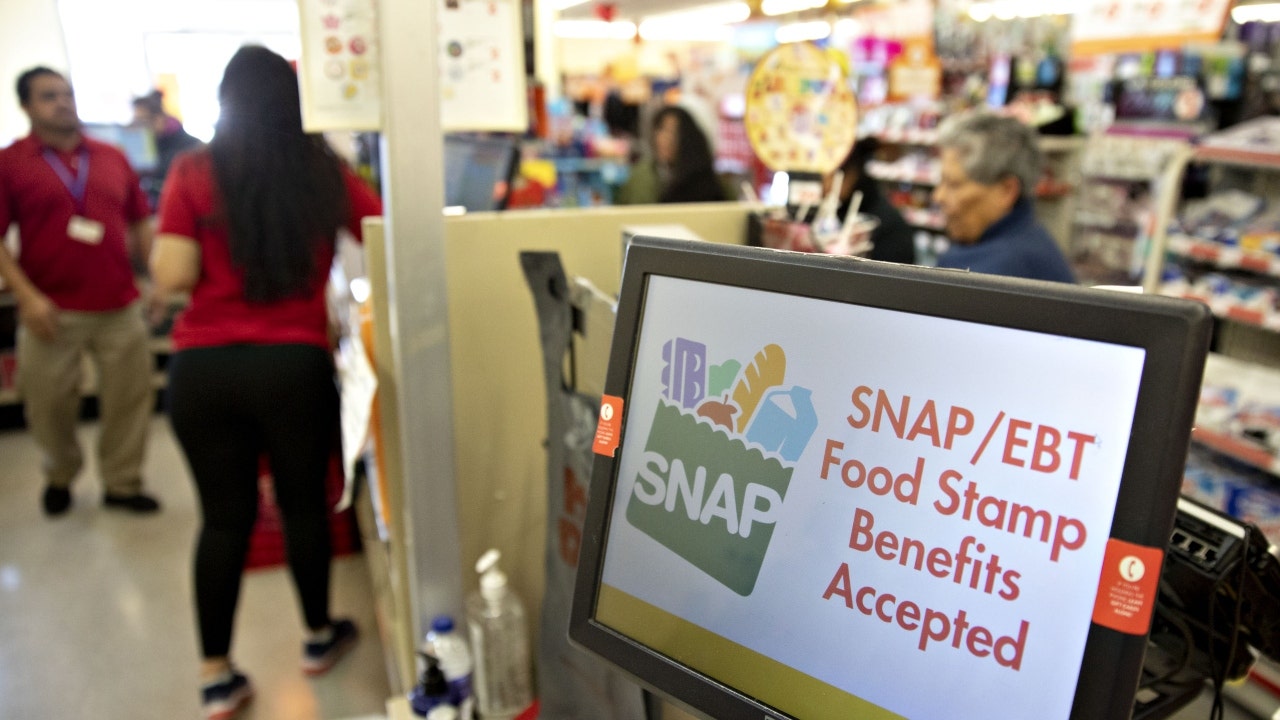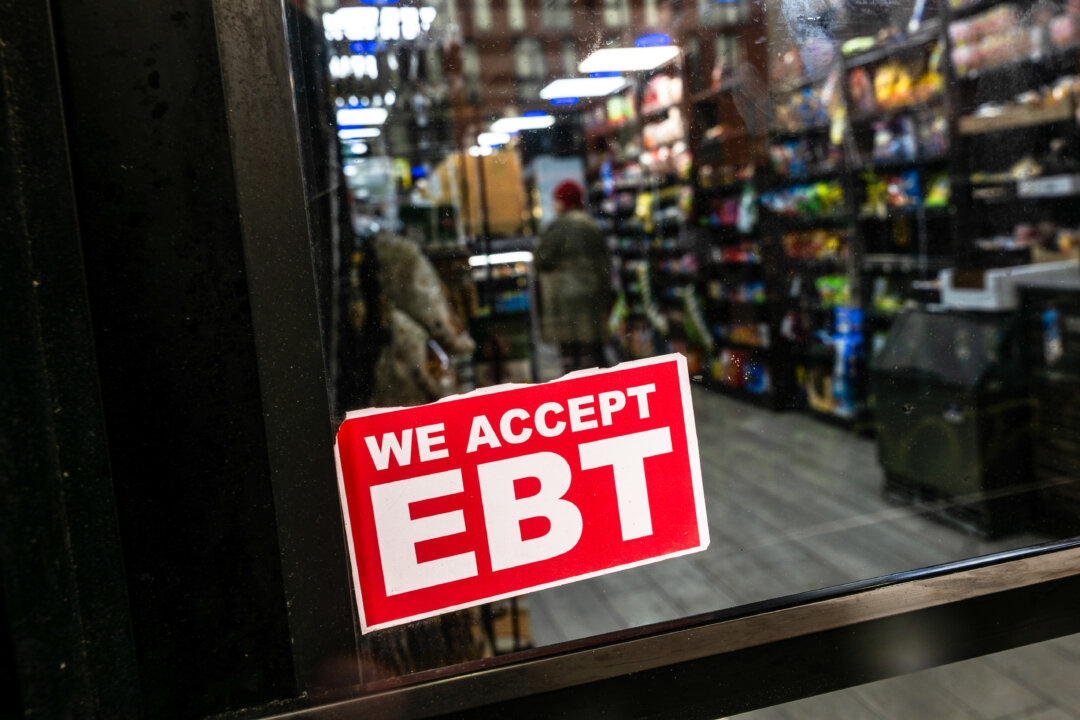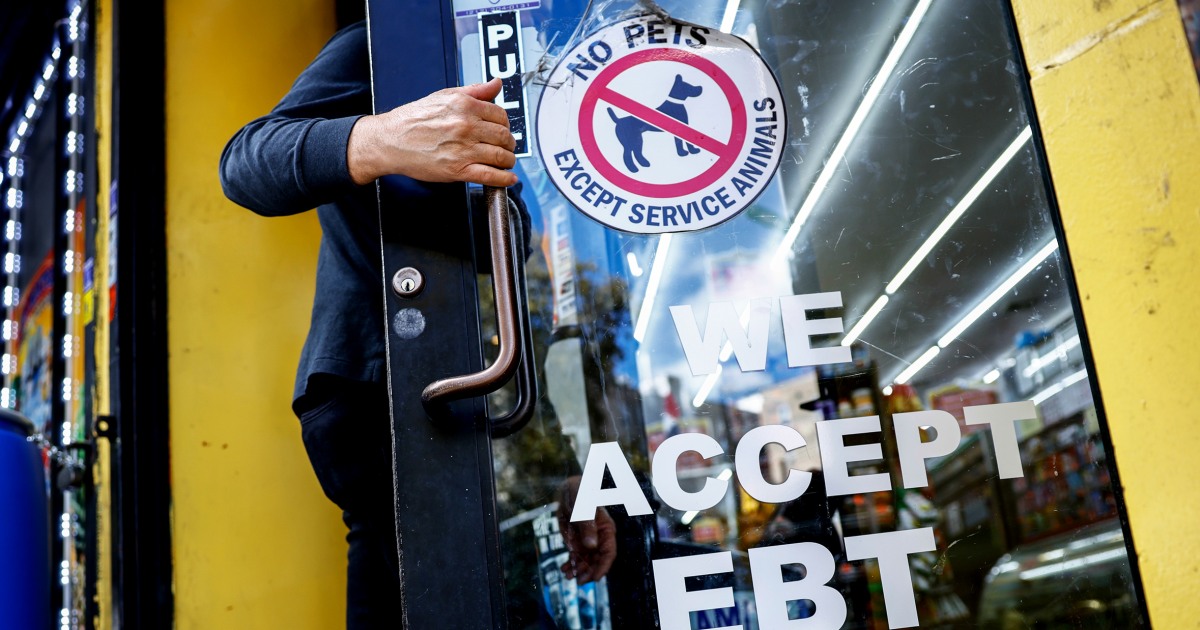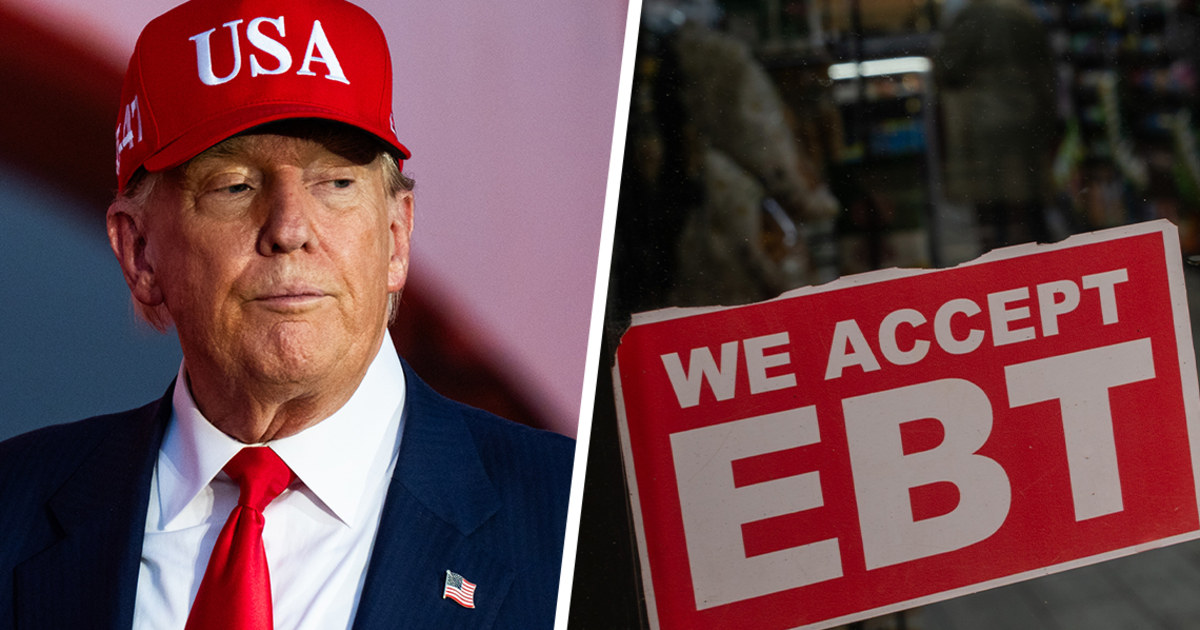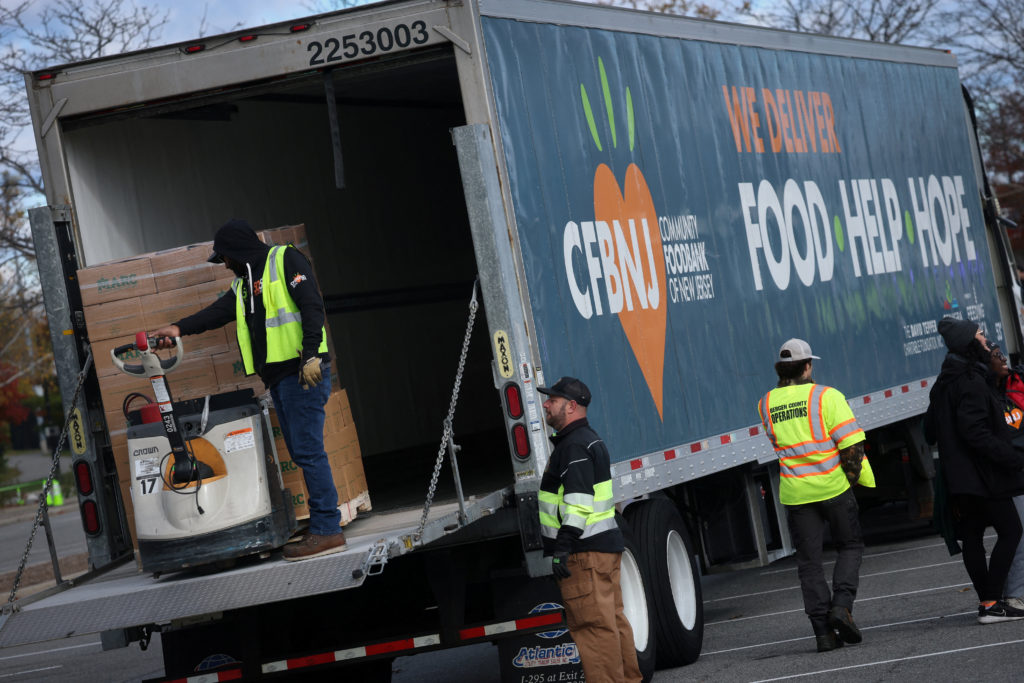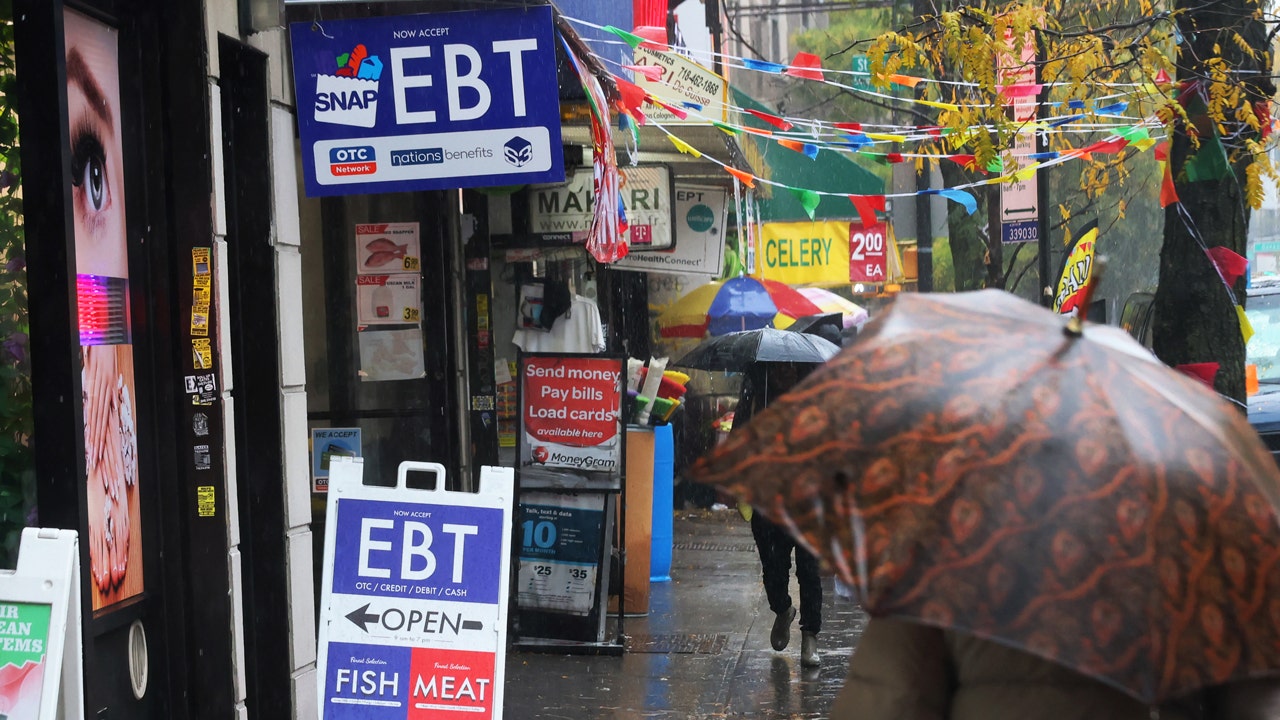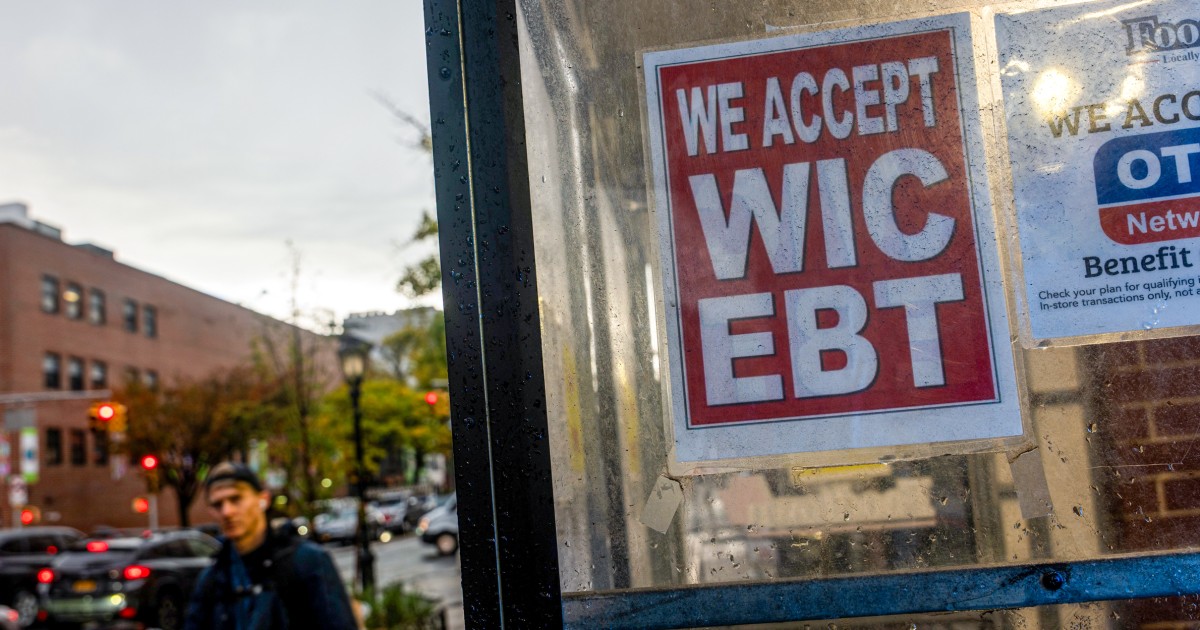Trump Administration to Provide Full November Food Stamp Benefits Amidst Legal Battle and Supreme Court Appeal
The Trump administration will provide full November SNAP benefits for 42 million Americans, despite appealing a federal court order and seeking Supreme Court intervention during a government shutdown.
Overview
- U.S. District Judge John McConnell ordered the Trump administration to fully fund November's SNAP benefits for millions, directing the use of over $4 billion from emergency funds by November 7.
- The Trump administration appealed Judge McConnell's order, arguing it overstepped judicial authority and sought Supreme Court intervention after a federal appeals court rejected their attempt to block the ruling.
- The food stamp program faced legal limbo due to a government shutdown, affecting nearly 42 million Americans who rely on these benefits, with delayed payments and funding concerns.
- Despite the ongoing legal dispute, multiple states including Wisconsin, Oregon, New York, and Massachusetts, proceeded to issue full SNAP benefits to their residents.
- Ultimately, the Trump administration and USDA announced they would provide full SNAP benefits for November, working to comply with the court order while continuing their legal appeal.
Report issue

Read both sides in 5 minutes each day
Analysis
Center-leaning sources cover this story neutrally, presenting a balanced account of the legal dispute over SNAP benefits. They avoid loaded language in their own reporting and provide arguments from all key parties involved, including the Trump administration, the district judge, and an advocacy group. The coverage focuses on factual reporting of court actions and legal arguments.
Articles (40)
Center (16)
FAQ
U.S. District Judge John McConnell required the Trump administration to make full November SNAP payments by tapping into the program’s $4.6 billion contingency fund, after ruling that the administration’s refusal to use these emergency funds during a government shutdown was unlawful. The judge gave the administration a deadline to distribute the benefits, emphasizing the harm to recipients if payments were delayed[1].
The Trump administration complied with the court order to avoid immediate legal consequences for beneficiaries but simultaneously appealed, arguing that the court overstepped its authority by mandating executive spending. The administration sought Supreme Court intervention after a federal appeals court rejected their request to block the ruling, maintaining their position that courts cannot appropriate funds[1].
Several states, including California and Wisconsin, moved quickly to distribute full November SNAP payments once the court order was issued, despite confusion over federal guidance. Other states, such as Pennsylvania, warned of potential delays up to three weeks due to the need to reprogram their systems for changing benefit amounts. The process has been described as a logistical challenge for state agencies.
The government shutdown has drained the SNAP contingency fund, raising concerns about how future monthly benefits will be funded if the shutdown continues. The Trump administration has stated it does not want to keep using emergency funds, and Republicans are urging Democrats to support a stopgap funding bill to reopen the government and restore full SNAP benefits[5].
The maximum monthly SNAP benefit for an individual is nearly $300, and for a family of four, up to $1,000, though most receive less based on income. Although the court ordered full benefits for November, the actual amount each recipient gets in November may still be less than usual for some, as USDA calculations initially indicated a 50% reduction, then revised that to a 35% reduction, meaning most will receive about 65% of their typical benefit.
History
- 9h

 4 articles
4 articles
- 15h

 11 articles
11 articles
- 1d

 8 articles
8 articles






